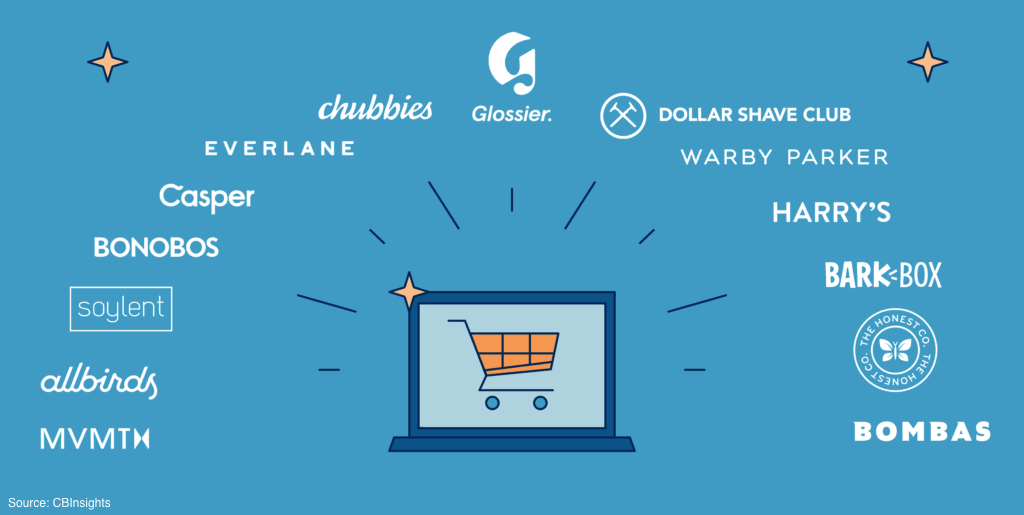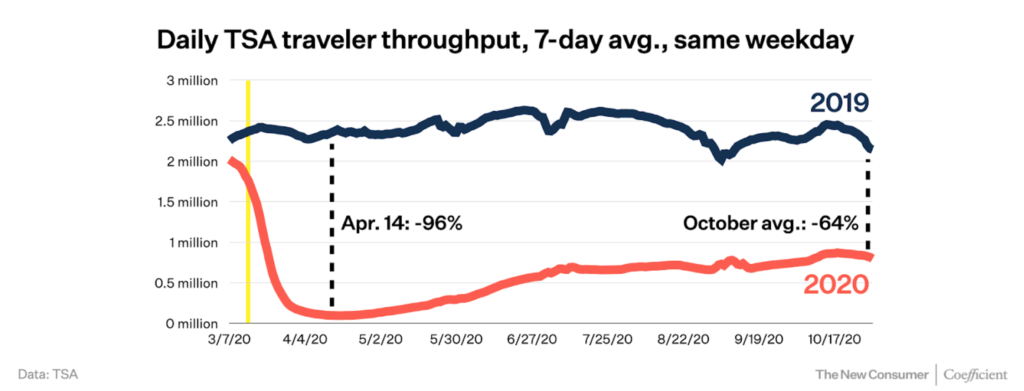If you have a small but growing business selling on Amazon or even direct-to-consumer (D2C) you’re bound to hit a point where you require money to scale. For as much as the media talks about venture capital, the reality is that less than 1% of startups here in the US are able to raise money from VC’s. The challenge, however, is that consumer brands often have working capital needs associated with carrying inventory or affording increasingly expensive paid media. So where do these types of businesses get the cash to grow? Traditional lenders, such as banks, often have strict covenants in their terms and have not historically catered their products to this cohort, but a growing number of new, innovative solutions are disrupting the model. I should note that pre-revenue/pre-product startups are likely not going to be a candidate for institutional debt – but a convertible note, SAFE or crowdfunding remain a viable alternative at this early stage. As a side note on crowdfunding, the SEC recently increased the cap for fundraising via this channel to $5m (from $1m) which I suspect will open up more activity in this space.
Read More


